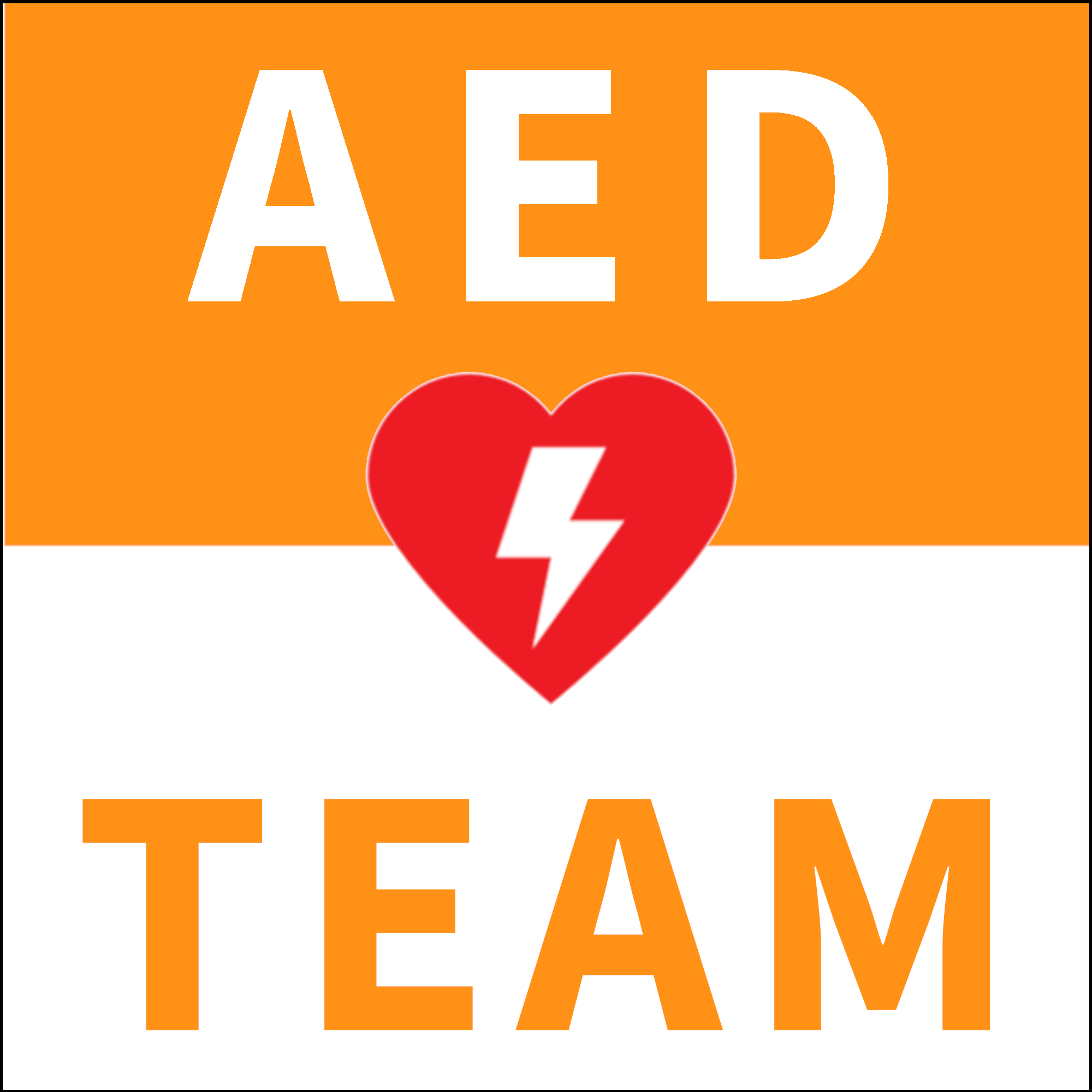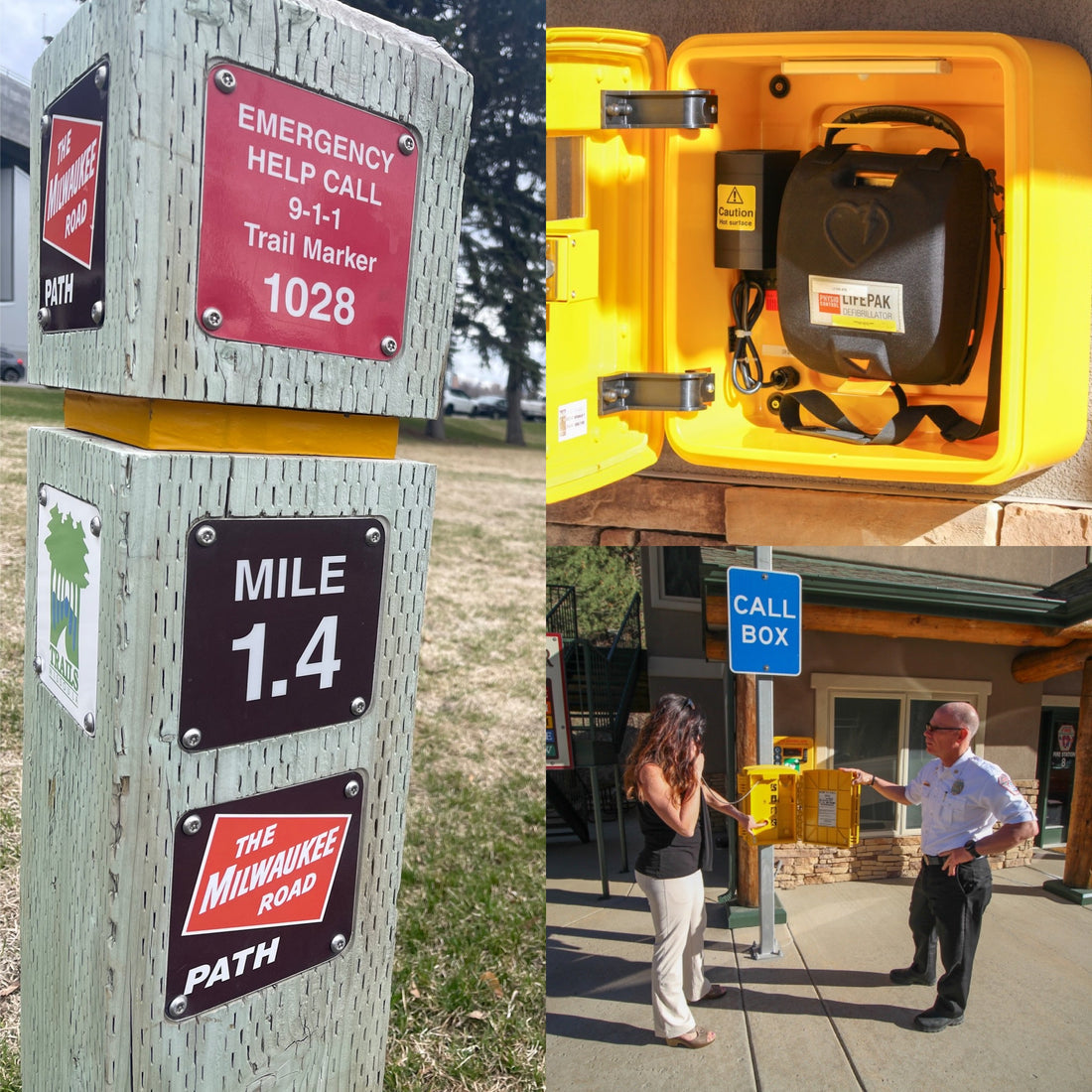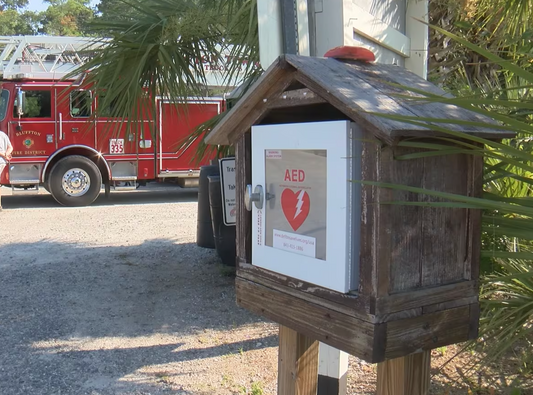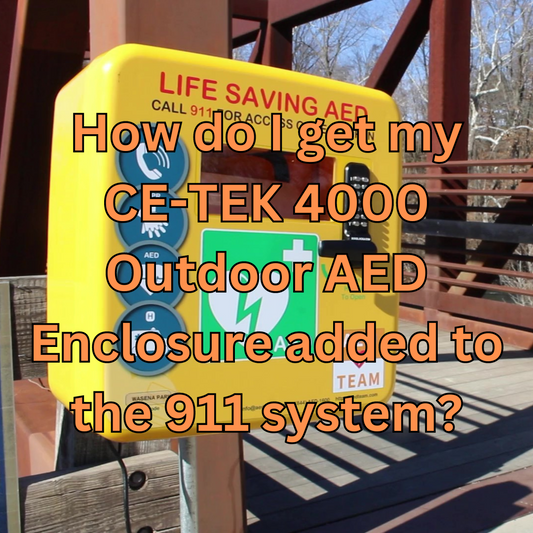Rural areas of the United States present several challenges when it comes to reporting and responding to emergencies. Many rural areas lack reliable cell phone reception as well. Establishing an effective AED responder program in a rural area requires location tools, communication devices, and caches of accessible emergency equipment.
“911, what is the location of your emergency?”
Emergency telecommunicators in rural 911 centers often cover vast expanses of territory making familiarization with specific landmarks rather challenging. Rural areas lack regularly posted house addresses and street names which also make it difficult for callers to report their locations to the dispatcher. This is further complicated if the caller has to travel away from the incident location to a call box or to get cell phone reception. The additional time it takes for 911 call takers and first responders to locate a vaguely reported incident can cause
One way for rural fire and EMS agencies to help prepare their residents for reporting an emergency by encouraging them to download the What 3 Words (W3W) application for their mobile device. W3W uses the device gps to place it in a 10 meter squared grid box and assigns three unique words to that box - even when there is no cell service. Users are able to relay those three words to a 911 call taker who can locate that grid square on a map.
Another way to provide location is by using markers on roads and trails. Regularly placed and uniquely identifiable markers allow quick and easy identification of where the incident has occurred.

Lastly, the installation of landline, radio, or satellite call boxes can allow 911 centers to communicate with callers in areas that do not have reliable cell reception. These boxes can be further used to identify the fixed location of the caller to send help.
Emergency Equipment Cache
Response times in many rural areas are prolonged so having equipment available makes a huge impact on survival from cardiac arrest and other critical emergencies.
Loveland, Colorado area first responders recently established public access Automated External Defibrillators in heated outdoor AED enclosures that are paired with satellite based call boxes in rural parts of their community. This action enables callers to access lifesaving equipment and to activate the 911 system simultaneously when there is an emergency in the community.
Equipment caches can include other items beyond AED units - some communities have included bleeding control kits, naloxone, epinephrine pens, and emergency blankets and water bottles.
Campaigns to encourage geolocation apps (like W3W), unique identifiers on markers, and fixed communication equipment can reduce the time for 911 callers to report an incident location and get help started. Outdoor accessible emergency equipment caches which include an AED allows bystanders to provide lifesaving care and improve the chance of survival from cardiac arrest and other critical emergencies.




